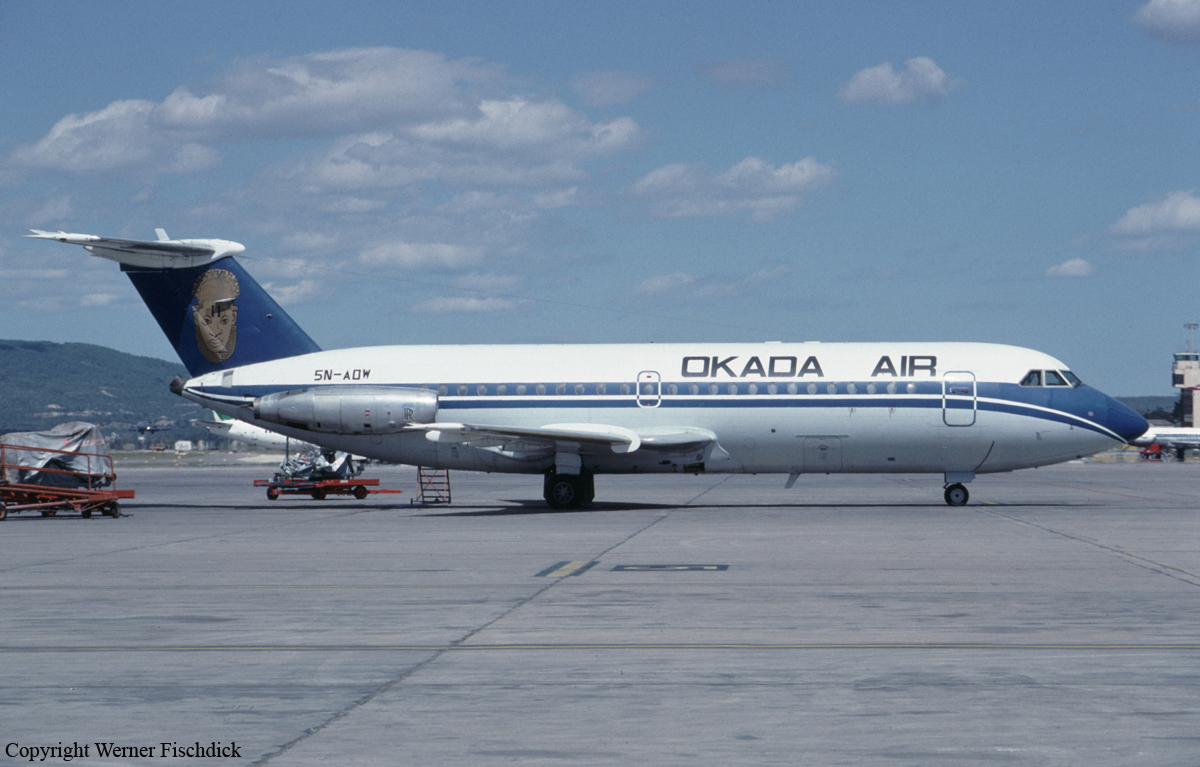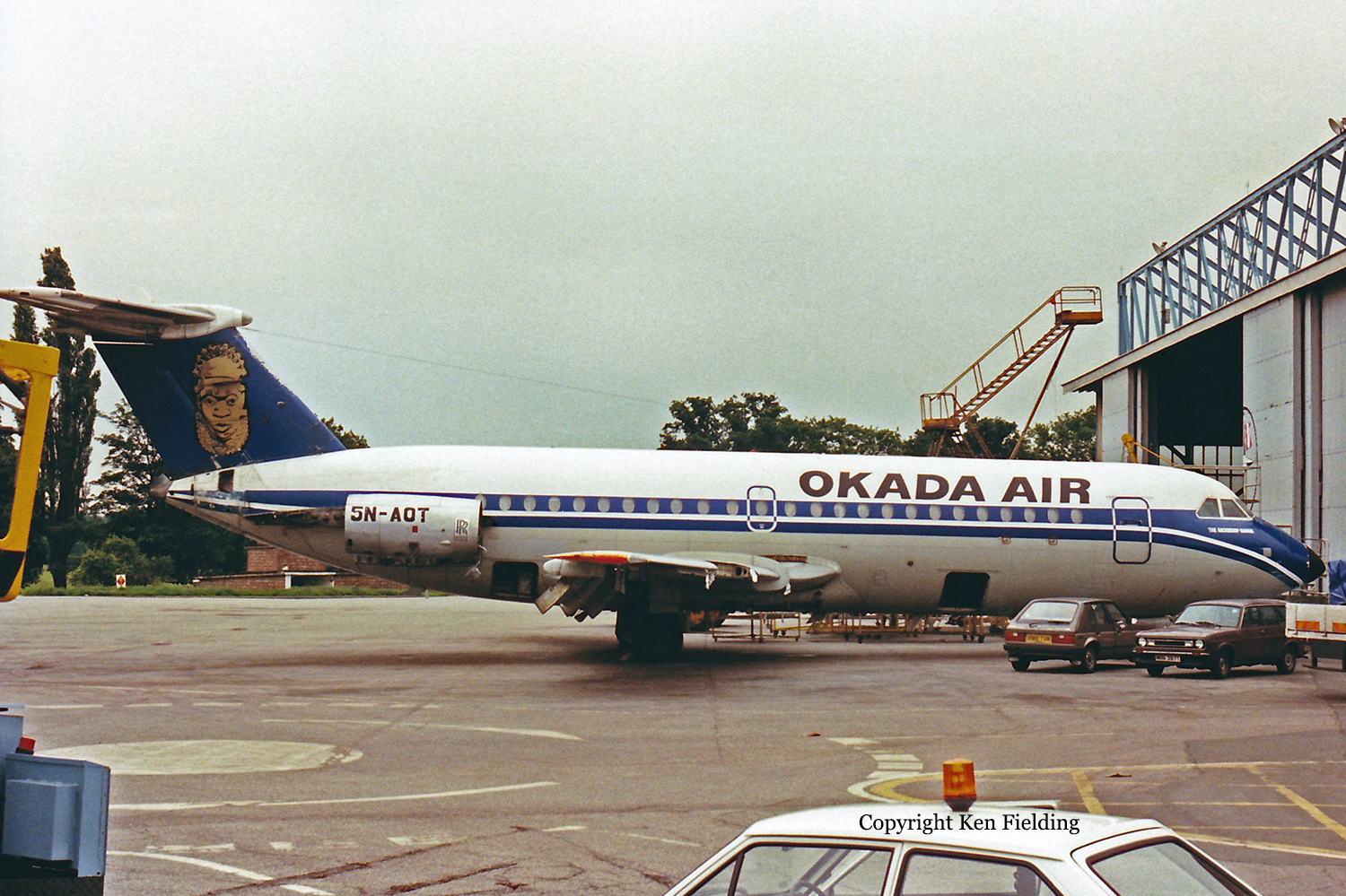Crash of a BAc 111-402AP in Sokoto: 4 killed
Date & Time:
Jun 26, 1991 at 2100 LT
Registration:
5N-AOW
Survivors:
Yes
Schedule:
Lagos - Kano
MSN:
094
YOM:
1967
Crew on board:
5
Crew fatalities:
Pax on board:
48
Pax fatalities:
Other fatalities:
Total fatalities:
4
Aircraft flight hours:
35860
Aircraft flight cycles:
39057
Circumstances:
En route from Lagos to Kano, the crew was informed that a landing at Kano Airport was impossible due to poor weather conditions. The crew diverted to Sokoto but weather was also poor over there so ATC instructed the crew to follow a holding pattern as the airport was closed to traffic. After few dozen minutes, the crew informed ATC about fuel shortage, reduced his altitude and attempted an emergency landing. The aircraft landed in an open field located 6 km east from Sokoto Airport, lost its undercarriage and slid for few dozen meters before coming to rest. Four passengers were killed, 24 people were injured and 25 others escaped uninjured. The aircraft was destroyed.


